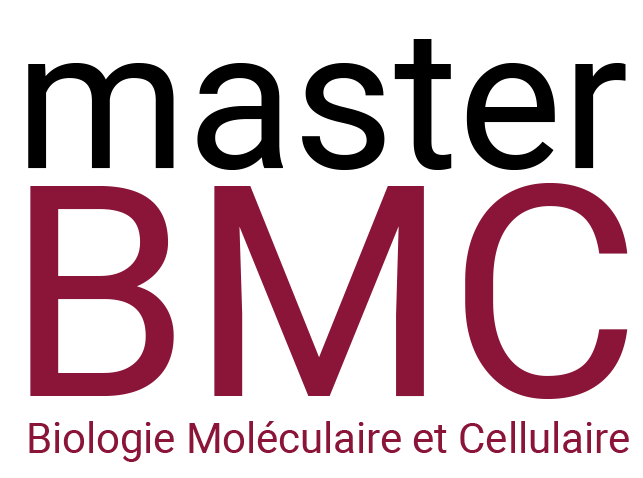Characterization of a new genetic mouse model overexpressing hepcidin (the key iron regulatory hormone) in the skin
Responsable du Stage : Carole PEYSSONNAUX
Tél : 01 44 41 24 71 Fax : 01 44 41 24 21 E-mail: carole.peyssonnaux@inserm.fr
Institut Cochin – INSERM U1016 – CNRS UMR8104 – Université de Paris
Résumé du Projet de Stage
Iron is essential for almost all living organisms and takes part in a number of important physiological processes including oxygen transport, DNA replication and enzymatic reactions. Because iron excess or scarcity can cause severe cellular damages, it needs to be tightly regulated. Hepcidin is the key hormone mainly produced by the liver, maintaining systemic iron homeostasis in the organism, in response to high iron, infection or inflammation. Mutations affecting hepcidin regulators or the hepcidin gene (hamp) itself cause hemochromatosis, a common genetic disorder, characterized by excess iron accumulation.
Hepcidin is mainly produced by the hepatocytes and secreted in the blood to act as an endocrine hormone, but we and others showed that many cells and tissues can express hepcidin locally in pathological conditions.
Hepcidin was originally identified as a cationic antimicrobial peptide (AMP) by its close structural similarity to the beta defensins; however its expression in the skin, a major source of AMP production had never been investigated. We recently found a major role of hepcidin produced by the skin in infectious conditions [1]. Mice lacking hepcidin in keratinocytes failed to fight infection. This protective effect of hepcidin against bacterial infection was due to its unexpected ability to promote keratinocyte production of the CXCL1 chemokine and neutrophil recruitment [1].
We now hypothesize that locally produced hepcidin in the skin could be responsible for the exacerbation of skin inflammatory diseases (psoriasis, neutrophilic dermatoses, atopic dermatitis…)
In collaboration with Pr Selim Aractingi (Cochin Hospital), we have preliminary data showing an increase in hepcidin expression and iron content in the skin of patients suffering from psoriasis. We hypothesize that locally produced hepcidin in the skin would be responsible for the exacerbation of psoriasis by excessive recruitment of neutrophils (based on our recent discovery [1]) and iron accumulation.
For the proof of concept of a direct role of hepcidin in skin inflammatory diseases, we are developing, in collaboration with Dr Zoubida Karim, a mouse model containing a knock-in (KI) sequence at the Rosa26 locus (ROSAHamp), leading to conditional overexpression of hamp in keratinocytes (HampKI-kerat) when bred with K14 Cre mice.
The aim of the M2 project will be to determine whether overexpression of hepcidin in the skin increases iron content and immune cell infiltration and recapitulates some characteristics of psoriasis.
The M2 student will perform in vivo analysis on HampKI-kerat mice and in vitro analysis (on primary keratinocytes) using a combination of technical approaches (immunohistochemistry, quantitative PCR, western-blot, transcriptomic analysis…).
Publications de l’équipe relatives au projet de stage
- Malerba M, Louis S, Cuvellier S, Mairpady Shambat S, Hua C, Gomart C, Ortonne N, Fouet A, Decousser J-W, Zinkernagel A, Mathieu J, PEYSSONNAUX C (2020). Epidermal hepcidin is required for neutrophil response to bacterial infection. Journal of Clinical Investigation. 130(1):329-334.
- Bessman N.J., Mathieu J.R.R., Renassia C, Zhou L, Fung T.C., Fernandez K.C. ,Austin C, Moeller J.B., Zumerle S, Louis S, Vaulont S, Ajami N.J., Sokol H., Putzel G.G., Arvedson T., Sockolow R.E., Lakhal-Littleon S., Cloonan S.M., Arora M, PEYSSONNAUX C*, Sonnenberg G.F*(co-last corresponding authors) (2020). Dendritic cell-derived hepcidin sequesters iron from the microbiota to promote mucosal healing. Science. 368(6487):186-189.
Highlights in :
-
-
- Science. 368 (6487). 129-130.The iron will of the gut. Rescigno M (2020).
- Nature Reviews Immunology. 20 : 350–351. Ironing out the details of intestinal repair. Minton K (2020)
- Nature Reviews Gastroenterology & Hepatology. 17, 382. Ironing out mucosal healing. Ray K (2020)
-
- Zumerle S, Mathieu JR, Delga S, Heinis M, Viatte L, Vaulont S, PEYSSONNAUX C (2014). Targeted disruption of hepcidin in the liver recapitulates the hemochromatotic phenotype. Blood. 123(23):3646-50.
Ce projet s’inscrit-il dans la perspective d’une thèse :
oui X
ED d’appartenance : BIOSPC
Equipe d’Accueil : Stroma, inflammation & Tissue Repair
Intitulé de l’Unité : Institut Cochin – INSERM U1016 – CNRS UMR8104 – Université de Paris
Nom du Responsable de l’Unité : Pierre-Olivier COURAUD
Nom du Responsable de l’Équipe : Carole PEYSSONNAUX
INSTITUT COCHIN, 24 rue du Faubourg Saint Jacques, 75014 Paris

